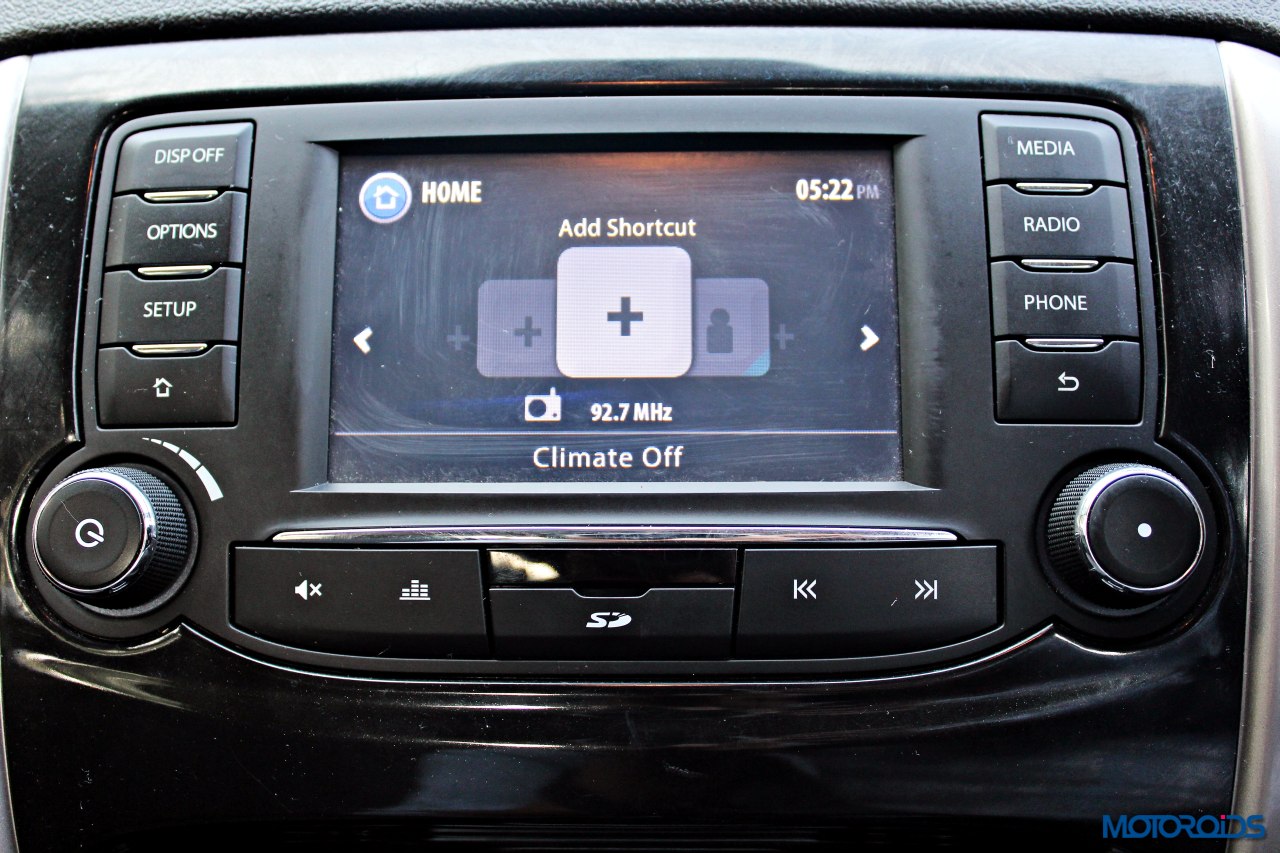Historically in India the Infotainment market has been driven by Aftermarket solutions. OEM fitted Infotainment take-rates were very low, except for high end segments. But over the years the take-rates have increased to approximately 30% and majority of this has been entry Bluetooth radios, with only the higher segments fitted with Navigation radios (AVN).
But this trend is changing at a rapid pace, fuelled by the Smartphone penetration and young generation car buyers who prefer to stay connected to their devices even on the move.
Display Radios with Smartphone projection technologies is the next big leap in our market. This helps the user to not only stay connected but also gives them a user experience similar to smartphones with bigger displays (7 or 8” screens) powered with projection technologies such as Apple’s Carplay and Google’s Android Auto.This will also help push the take-rates of Infotainment to up to 50%+ in the next 3 ~ 5 years.
Further to this, what can be expected to follow as a natural successor to Smartphone Integration is the advent of Software update over the Air and support for Downloadable apps in Infotainment Systems – much like the downloadable app world of Smartphones.
This is because of Current generation of consumers, who live by Smartphones, can get frustrated very quickly when they start realizing that, unlike their Smartphones, current Infotainment devices are systems with a fixed set of features that cannot be upgraded easily.
To address this, certain OEMs and Tier-1s are already working to roll out a flexibly architected, modular and easily upgradeable Infotainment systems of the future that can be upgraded easily, through Software updates and downloadable apps.
This, of course, requires that the entire infrastructure be made Secure – including secure download, secure update, secure boot and secure code execution.
Going forward, in not so distant future, what can be expected to revolutionize the infotainment market altogether are “Virtual Personal Assistants” (VPAs) and Multi-screen, Digital Cockpits integrating Digital Clusters, Heads-Up Displays & ADAS with Infotainment.
Unlike current Smartphone based personal assistants, Infotainment VPAs can be expected to be aware of user and vehicle environment context, be proactive and support Natural Language based driving & vehicle health related queries all with an aim of reducing driver distraction.
How connectivity, or Internet of Things (IoT) is changing the automobile industry
Infotainment will be a key enabler of IoT and an upcoming technology, as it enables consumers to be connected on the go, as they are connected even while at home / office. Cloud computing, storage and access is one of the key components of IoT and automobile industry is already gearing up for this change.
Infotainment systems will act as the key interface between the car, the smartphone and the cloud; when on the move, giving the customer a seamless experience on his day to day activities. It is evolving to be a personal virtual assistant of users in the car.
And add this to the vehicle to vehicle network (V2V) or vehicle to infrastructure network (V2X), it will enhance the user safety on the move and minimise safety incidents to a great extent.Specifically, in India, with the government launching the smart city plan, we can expect a rapid adoption of these technologies in the coming years.
From consumer perspective, “IoT” is expected to enable a “Connected Lifestyle” – where all the “life-spaces” – in the car, at home and outdoors are all connected to provide a seamless user experience enabled through personalized, user context.
The author is Senior Director, Connected Car India, HARMAN International India Pvt. Ltd.
Disclaimer : The opinions expressed within this article are those of the author. The article does not reflect the views of Motoroids, not does Motoroids assume any responsibility or liability for the same. The images used in the article have been provided by the contributor. Motoroids doesn’t claim the copyright for the images used.


